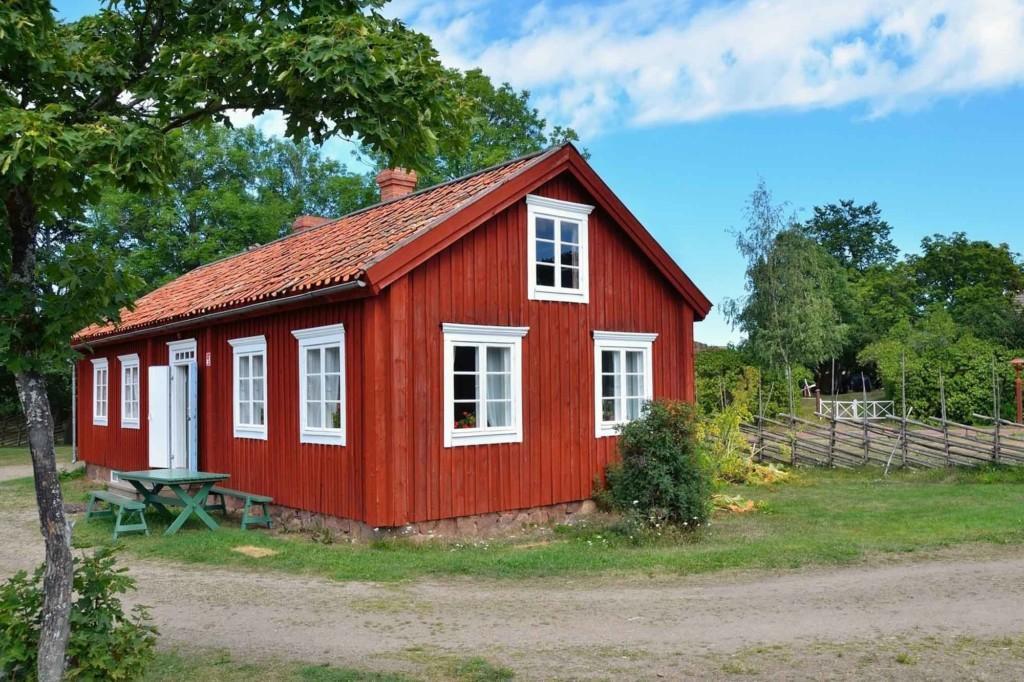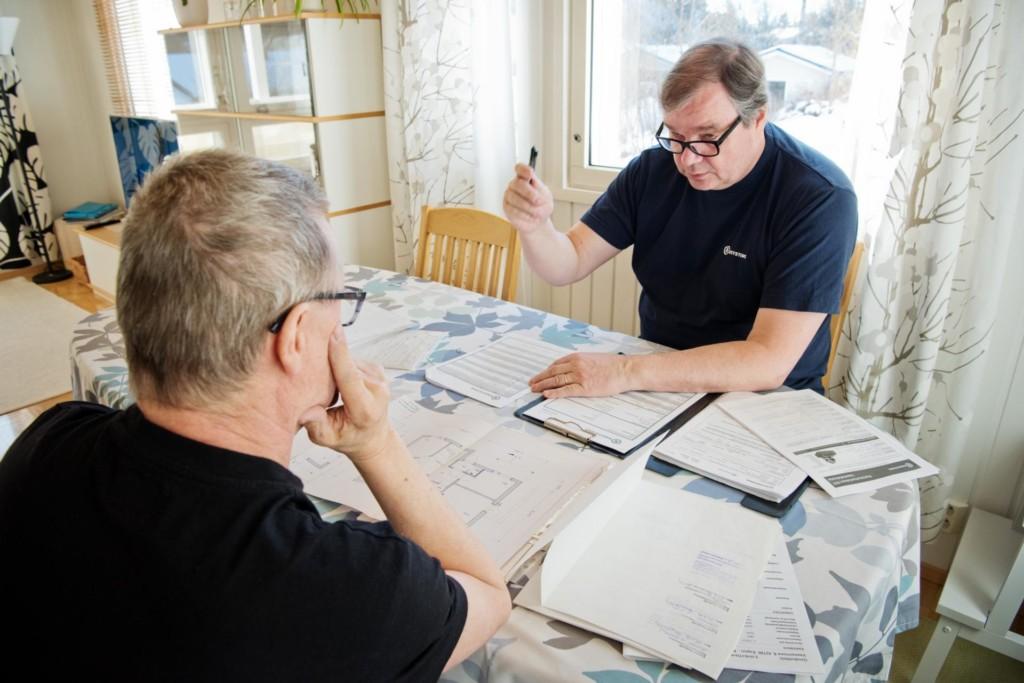A poorly ventilated base floor structure is a high-risk structure
A ventilated base floor is a floor structure with a ventilated airspace in between the ground and the base floor. The structure can be made of timber or reinforced concrete, such as a hollow-core slabs.
You can identify the structure by tapping the floor. A ventilated base floor is made of timber, so the sound coming from the floor when you tap it can give an indication of the floor type. Ventilation openings in the plinth also indicate that the building may have a ventilated base floor.
When were ventilated base floors used?
Ventilated timber base floors have been used since the 19th century, and the structure is still in use today. With proper use and maintenance, the structure is safe for the residents.

Why is a poorly ventilated base floor structure classified as a high-risk structure?
The airspace between a ventilated base floor and the ground is called a crawlspace. The functionality of the space is affected by its thermal and moisture performance, which is why special attention must be paid to the ventilation of the crawlspace. The number, size and location of ventilation openings must be such that the entire crawlspace is adequately ventilated.
If the moisture content of the space becomes too high, moisture will condense on the surfaces of the space as hoar frost or water. Melting frost and water condensing from the air allow microbes to grow on all surfaces.
For this reason, poorly ventilated base floor structures are classified as a high-risk structure in the KH 90-00394 guideline for condition inspections in connection with housing transactions (Kuntotarkastus asuntokaupan yhteydessä; suoritusohje; 2007).

Condition of the high-risk structure must be determined by opening the structure
According to the KH guideline, the condition of the high-risk structure must be determined by opening the structure. A ventilated base floor is a high-risk structure when the ventilation is non-functional. A mere sensory and visual assessment or studying the surfaces with a moisture sensor is not a sufficient method to determine the condition of such a structure.
What harm can a poorly ventilated base floor cause?
If the base floor is not properly ventilated, moisture condensing on the surfaces can damage the structures of the space. Moisture will be able to enter the structures through, for example, a poorly implemented capillary break or moisture barrier. Other reasons include inadequate or missing underdrainage, too fine-grained artificial fill under the foundation and at the bottom of the crawlspace, as well as deficiencies in the ground inclination and rainwater drainage.
Using a crawlspace to store goods often reduces ventilation and contributes to damage.
The ventilation of a crawlspace has a significant impact on its thermal and moisture behaviour. Inadequate location, size and/or number of ventilation openings, or lack of ventilation openings, allows the moisture content in the crawlspace to increase, which in turn could damage the structures.
Any organic materials in the crawlspace, such as timber or cardboard, can be damaged, making the conditions favourable to microbial growth. This, in turn, can increase the amount of odours and contaminants entering the indoor premises. Using a crawlspace to store goods often reduces ventilation and contributes to damage.
Data collected from the approximately 15,000 condition inspections carried out by Raksystems between 2016 and 2020 indicates that around 20% of the inspected buildings had a base floor structure that included a crawlspace. A third of these were made from timber. Damage was observed in almost one in every four of the timber base floors inspected. Around 15% of the sites were found to require further surveys.
What can you do as a resident?
The ventilation of a crawlspace is an essential factor in the thermal and moisture behaviour of the space. The residents should ensure that the crawlspace is not used for storing goods and that there are no organic materials in the space. The ventilation openings should not be blocked.
It is a good idea for the homeowner to seek expert help in using the space correctly and providing the necessary ventilation.
How do you go about fixing the structure?
To be able to choose the correct repair methods, the condition of the structure must first be studied by a professional.
Determining the type of structure, examining its condition and identifying any associated risks requires the opening of the structures and inspection measures appropriate to the site.
Once the current condition of the structure has been established, the necessary further surveys can be determined and the repair work can be planned to the extent appropriate for the site. Accurate initial data will save time and money in the repair work, as the extent of the repair needs has first been determined using a method appropriate for the site.
What is a high-risk structure?
A high-risk structure refers to a type of structure which has been found in practice and based on structural surveys to be highly susceptible to damage. The structure usually complied with the building regulations and guidelines valid at the time when it was built, and the susceptibility to risk was not recognised until at a later point in time. As a result, the structure is no longer used.
Typically, damage to high-risk structures is caused by moisture entering the structure, either through the soil from the outside or from the indoor air in the form of water vapour. An example of a commonly observed high-risk structure is a false plinth.
The condition of the high-risk structure, i.e. whether the risk has been realised, should always be investigated. This is usually possible only by opening the structure.



